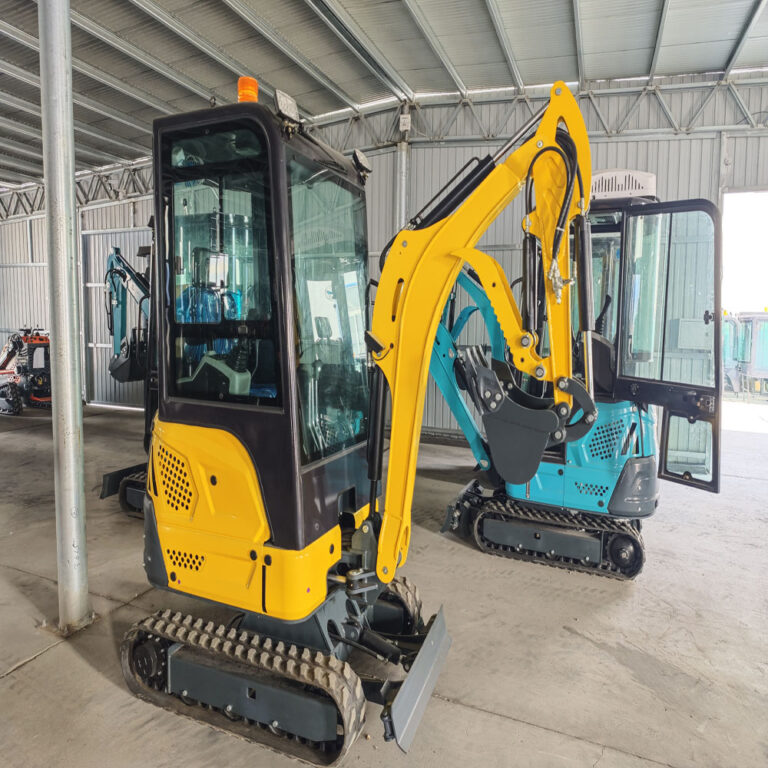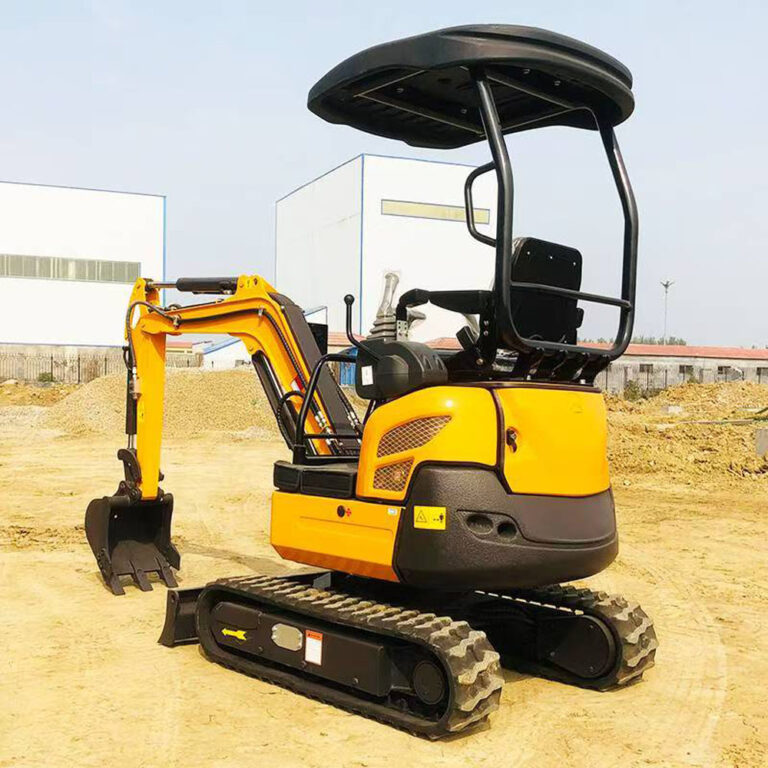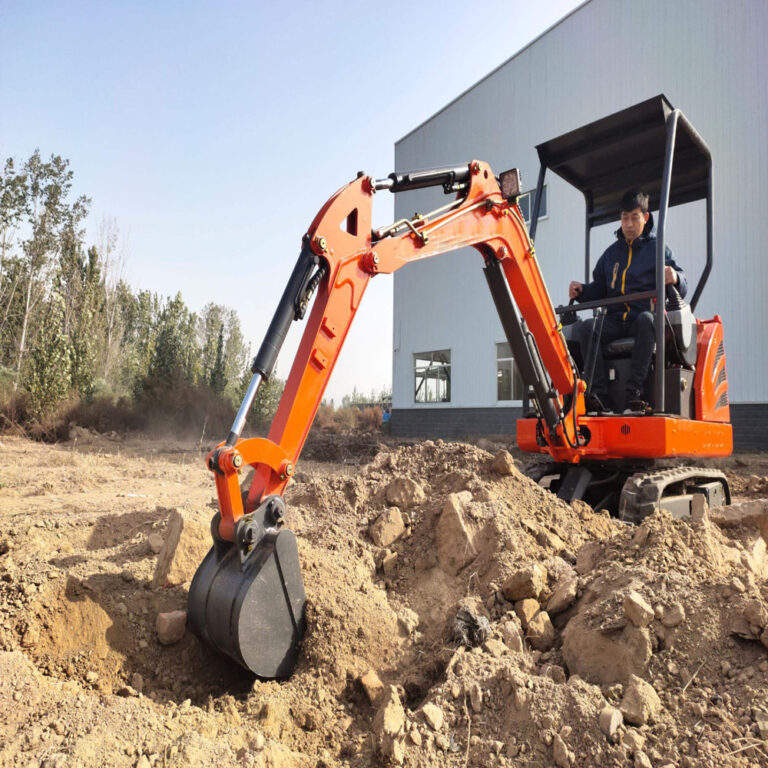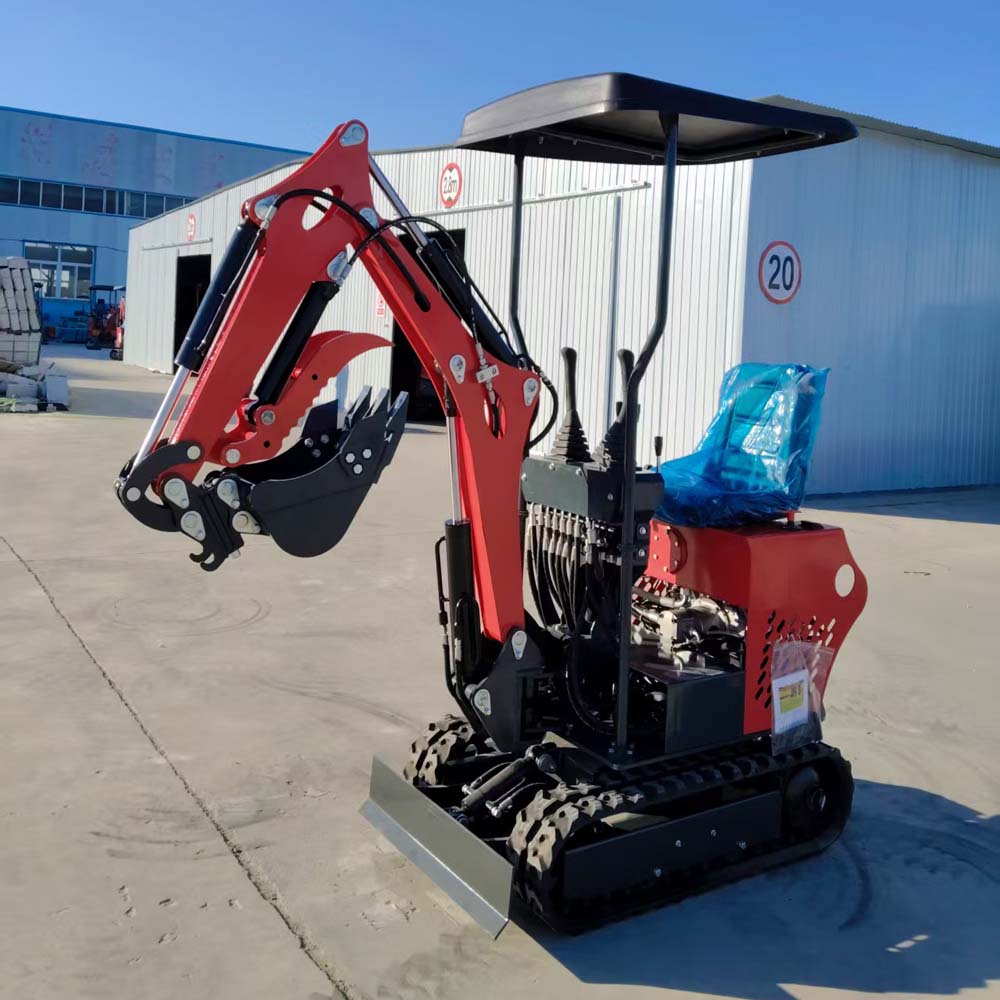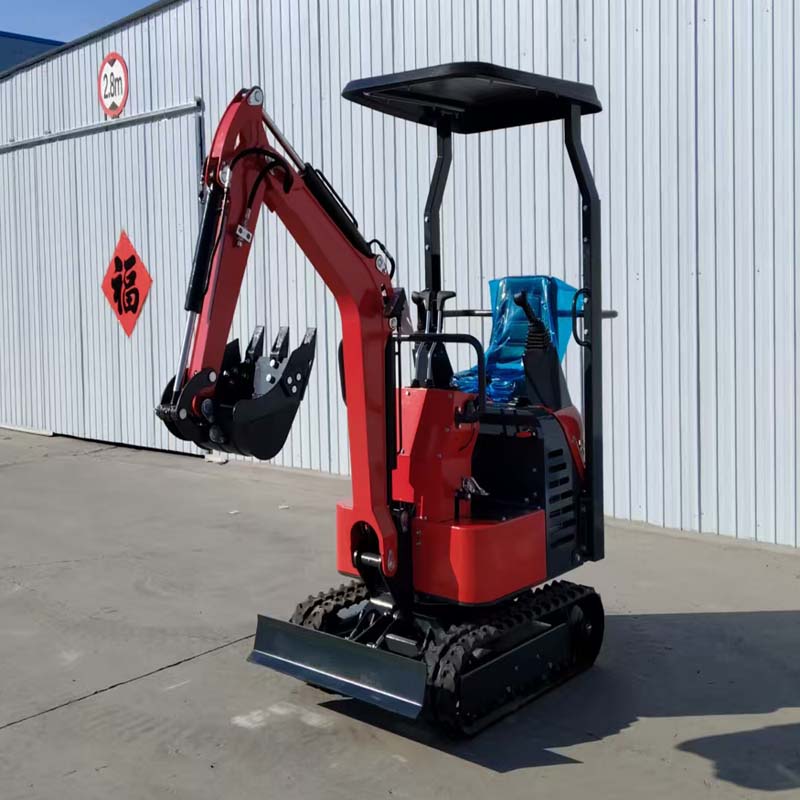-
No.196, Houqiao Village, Hutouya Town, Laizhou, Yantai, Shandong, China
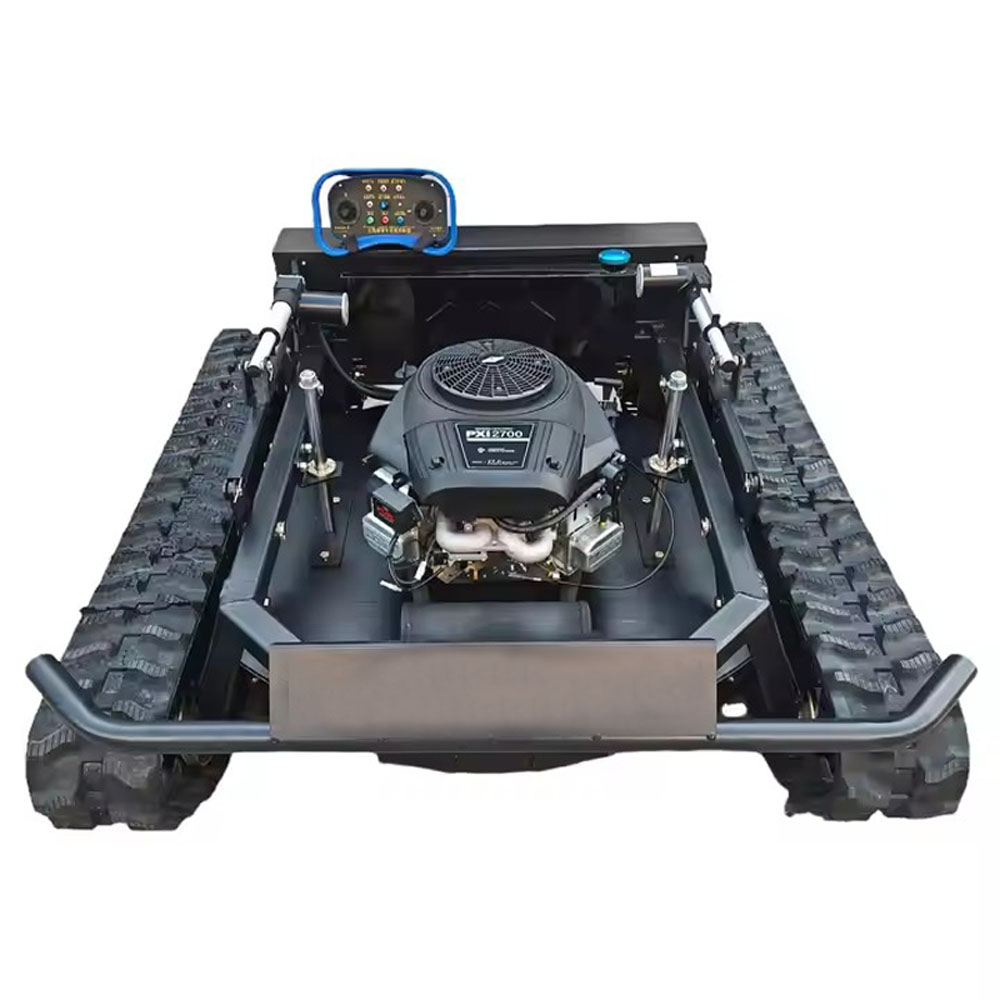
How to Operate a Remote – Controlled Rubber – Tired Remote Tank Lawn Mower?
1. Pre – operation Preparations
Safety Checks
- Inspect the Mower: Before starting, carefully examine the lawn mower for any visible damage. Check the rubber tires for cuts, punctures, or uneven wear, as damaged tires can affect the mower’s stability and performance. Inspect the cutting blades to ensure they are sharp and securely attached. Dull blades can lead to uneven cuts, and loose blades pose a significant safety risk. Also, look for any signs of damage to the chassis, body, or electrical components (if it’s an electric mower).
- Clear the Lawn: Walk around the lawn and remove any obstacles such as rocks, toys, branches, or garden tools. Even small objects can get thrown by the mower blades at high speeds, causing injury or damage. Mark any areas that are off – limits, such as flower beds, ponds, or utility boxes, to avoid accidentally mowing over them.
- Wear Protective Gear: Always wear appropriate protective gear. This includes safety goggles to protect your eyes from flying debris, sturdy work gloves to protect your hands when handling the mower or clearing obstacles, and closed – toe shoes with good traction to prevent slips and falls. If the mower is noisy, consider wearing ear protection.
Fuel and Battery Preparation
- Gasoline Mowers: If you have a gasoline – powered mower, check the fuel level and top it up if necessary. Use the recommended type of gasoline and make sure not to overfill the tank. Also, check the oil level and change the oil according to the manufacturer’s maintenance schedule. A low oil level can cause the engine to overheat and be damaged.
- Electric Mowers: For cordless electric mowers, ensure the battery is fully charged before starting. If the mower has a removable battery, make sure it is properly inserted and locked in place. For corded electric mowers, check the power cord for any damage and ensure it is long enough to reach the mowing area without being stretched too tight. Avoid running over the cord with the mower, as this can cause electrical hazards.
Familiarize with the Remote Control
- Read the Manual: Thoroughly read the user manual for both the lawn mower and the remote control. The manual will provide detailed information on the functions of each button, the remote – control range, and any specific operating instructions or safety features.
- Test the Controls: Before taking the mower to the lawn, perform a simple test of the remote – control functions in a safe, open area. Check that the forward, backward, left, and right movement controls work properly. Test the cutting blade activation and deactivation buttons, as well as any additional features such as speed control or cutting height adjustment.
2. Starting the Mower
Gasoline Mowers
- Prime the Engine (if required): Some gasoline mowers have a primer bulb that needs to be pressed a few times to draw fuel into the carburetor. Refer to the user manual for specific instructions on priming your mower’s engine.
- Set the Choke: If the engine is cold, set the choke to the “Closed” or “Choke” position. This restricts the air intake, making it easier to start the engine. Once the engine starts, gradually move the choke to the “Open” or “Run” position as the engine warms up.
- Start the Engine: Pull the recoil starter cord (or use the electric start button if available) according to the manufacturer’s instructions. Be careful not to pull the cord too hard or too fast, as this can cause injury or damage to the starter mechanism.
Electric Mowers
- Power On: For cordless mowers, turn on the power switch on the mower itself and then activate the remote control. For corded mowers, plug in the power cord and turn on the mower’s power switch. Some electric mowers may require you to press a safety button on the remote control or the mower before the blades will start.
3. Mowing Operations
Start Mowing
- Position the Mower: Place the mower at the edge of the lawn where you want to start mowing. Use the remote control to slowly move the mower forward at a steady pace. Avoid starting the mower in the middle of the lawn, as this can make it more difficult to create a clean, even cut.
- Set the Cutting Height: Before you start mowing, adjust the cutting height according to the type of grass and your desired lawn length. Most remote – controlled lawn mowers allow you to adjust the cutting height using the remote control or a manual lever on the mower. Start with a higher cutting height if the grass is very long to avoid overloading the mower.
- Mow in Straight Lines: For the best results, mow in straight lines. Overlap each pass slightly to ensure that no grass is missed. If you need to turn, stop the mower, lift the cutting blades (if possible), and then make the turn. This helps prevent uneven cuts and damage to the mower.
Monitor the Mower
- Watch for Obstacles: Continuously scan the lawn for any new obstacles that may have appeared while mowing. If you encounter an obstacle, stop the mower, clear the obstacle, and then resume mowing. Be especially careful around trees, flower beds, and other fixed objects, as the mower can easily collide with them.
- Check the Cutting Quality: Periodically stop the mower and inspect the cut grass. If the cut is uneven or the grass is being torn rather than cut cleanly, it may indicate that the blades are dull or the cutting height needs adjustment. Sharpen the blades or adjust the cutting height as needed.
- Monitor the Fuel or Battery Level: For gasoline mowers, keep an eye on the fuel gauge and refill the tank when it gets low. For electric mowers, monitor the battery level indicator. If the battery is running low, stop mowing and either recharge the battery (for cordless mowers) or move closer to a power outlet (for corded mowers).
4. Post – operation Procedures
Stop the Mower
- Turn Off the Blades: First, use the remote control to turn off the cutting blades. Wait until the blades have completely stopped rotating before proceeding.
- Stop the Engine or Power Off: For gasoline mowers, turn off the engine using the appropriate switch on the mower. For electric mowers, turn off the power switch on the mower and unplug the cord (if it’s a corded mower) or remove the battery (if it’s a cordless mower).
Clean and Store the Mower
- Clean the Mower: Remove any grass clippings, dirt, or debris from the mower. Use a brush or a leaf blower to clean the cutting deck, blades, tires, and the underside of the mower. This helps prevent corrosion and ensures the mower operates efficiently.
- Store the Mower Properly: Store the mower in a dry, covered area, such as a garage or a shed. If you have a gasoline mower, drain the fuel tank if you won’t be using the mower for an extended period to prevent fuel degradation. For electric mowers, store the battery in a cool, dry place and follow the manufacturer’s instructions for long – term battery storage.
Why Choose Us



